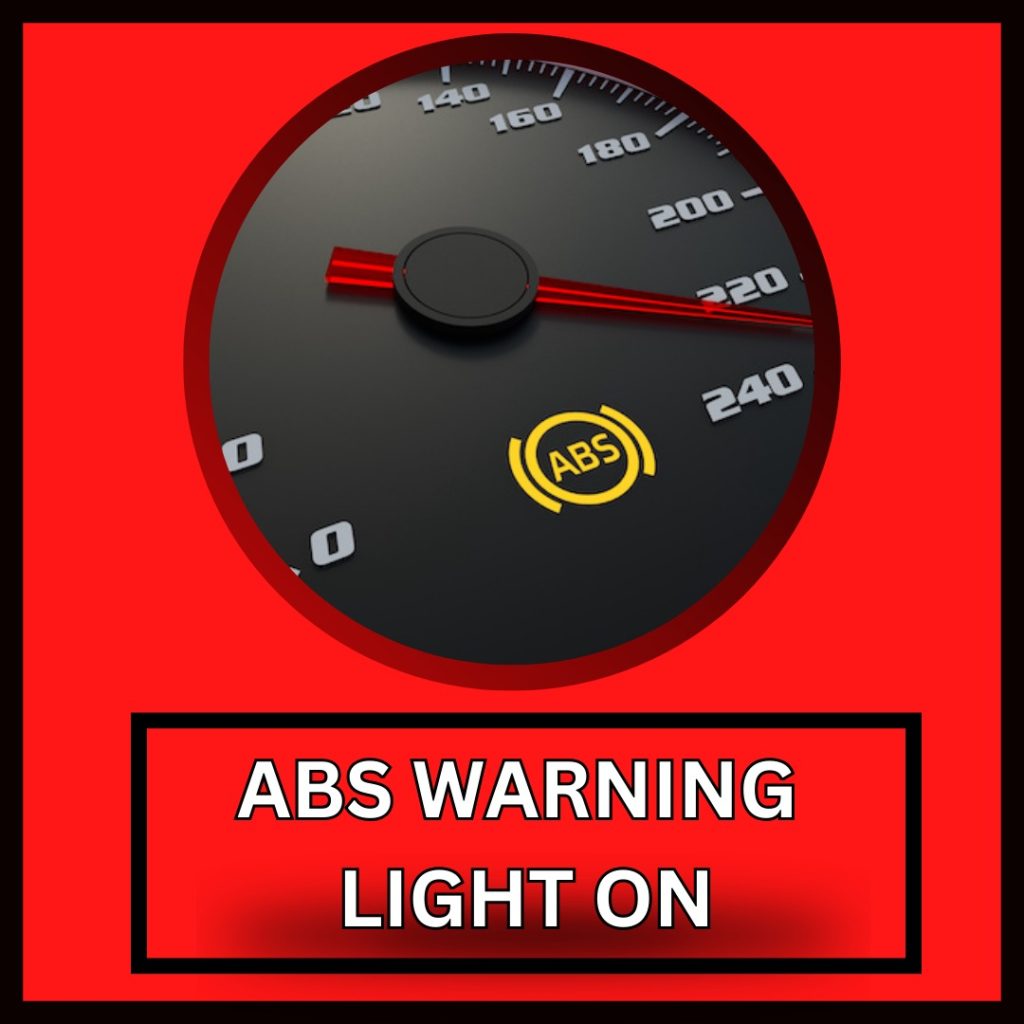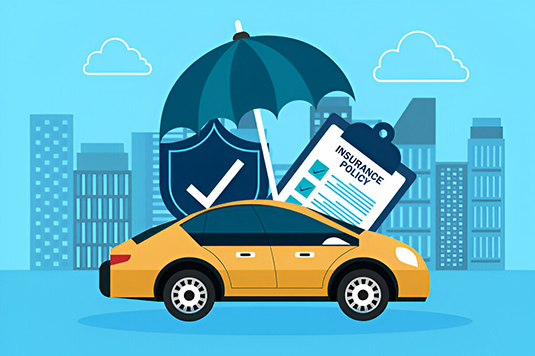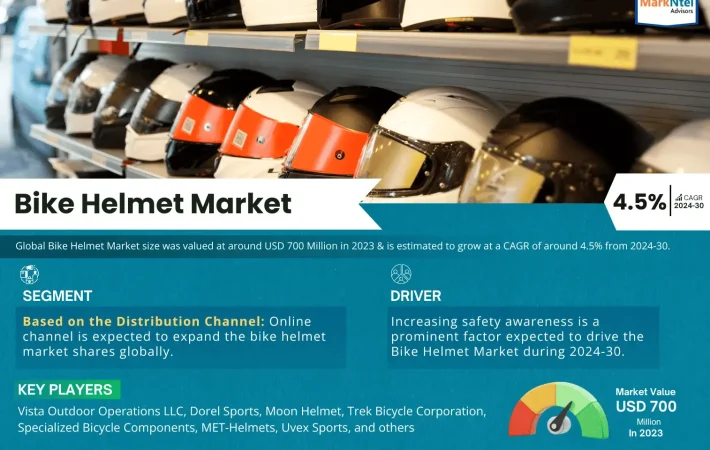As soon as you turn on your car, a handful of them light up on your dash for a couple of seconds while it is running a self-check to make sure all systems are functioning correctly. If this light stays on after you turn on your car, the ABS could be defective. Having a good understanding of what the warning light means and how to fix the problem can help keep you and your car on the road. In this article, we will discuss what the ABS warning light is for, some of the most common reasons why it will stay on, and what to do if it does.

The Purpose of the ABS Warning Light
The ABS warning light is part of your car’s safety system, and it comes on whenever your ABS (anti-lock braking system) is having some sort of trouble. The ABS is a safety system that prevents your vehicle’s wheels from locking up when you brake heavily or abruptly. If your ABS is working properly, then you should be able to maintain steering control, and therefore reduce the risk of skidding into other vehicles or objects.
Common Causes for the ABS Warning Light
There are numerous reasons why your dashboard light for your ABS might turn on and stay on. These include:
1. Faulty Wheel Speed Sensors
Wheel speed sensors provide speed information to the ABS control module. When one or more of these sensors is faulty or dirty, the ABS warning light comes on.
2. Damaged ABS Module
The ABS module (part 30604-05A352; or 30604-05A264) is the core of the ABS system, which based on data from the wheel speed sensor (part 30604-05A362), decodes the information into brake pressures. This module has a warning light that will turn on if it fails.
3. Low Brake Fluid Levels
Brake and ABS system is filled by brake fluid.
When detecting low brake fluid levels, the ABS warning light will be on.
Probable reason for low fluid levels is the leakage or worn brake pads.
4. Blown Fuse
A blown fuse, then, would shut down the electrical supply to the ABS, causing the warning light to come on. A simple solution would be to check and replace a blown fuse.
5. Worn Hydraulic Pump
ABS modulates brake pressure through a hydraulic pump that, if worn or failing, will cause ABS to stop working and the warning light to come on.
What to Do When the ABS Warning Light Comes On
If your ABS warning light illuminates and stays on, you should:
1. Check the ABS Fuse
Check the ABS fuse first – if it’s blown, replace it and see if the light goes out. Your vehicle’s fuse box will be listed in your owner’s manual, and the fuse for the ABS should be indicated.
2. Inspect Brake Fluid Levels
Check that your brake fluid level is correct (again, see your owner’s handbook), and if not, top up with the same type of brake fluid.
3. Clean Wheel Speed Sensors
Dirt and grime can sometimes cover the wheel speed sensor and trigger a fault, and sometimes cleaning these sensors can clear the fault, often requiring the wheel to be removed from the car in order to get at the sensors.
4. Seek Professional Help
If you’ve done these quick checks and the ABS warning light is still on, bring in the professionals. Your mechanic can plug the car’s ABS system into electronic diagnostic equipment that reads the fault codes produced by the control module, pinpointing exactly what’s gone wrong.
Importance of Addressing the ABS Warning Light
Ignoring the ABS warning light can have serious implications:
1. Reduced Safety
The ABS will keep spinning, but the brake itself will be less responsive, so it’s more likely that a wheel will lock up under the strain and skid under an emergency stop.
2. Potential for Further Damage
But neglecting your car of regular ABS maintenance can lead to more extensive damage to the entire braking system that is more expensive to repair.
3. Legal and Inspection Issues
Some jurisdictions will cause your car to fail inspection if your ABS is inoperative, thus making it illegal to drive until you have it repaired.
Conclusion
The warning light about the ABS is a threat. It is a signal that cannot be ignored. The ABS (Anti-lock Braking System) is the system that helps you to stay under control if you need to make an emergency stop. Repairing or replacing a faulty ABS system is not a complex job, if only you know the root cause of the warning light, and once you know what’s wrong, you can repair it and put it right. If the basic fault-finding fails, it is time for a qualified person to take over.






Leave a comment
Your email address will not be published. Required fields are marked *